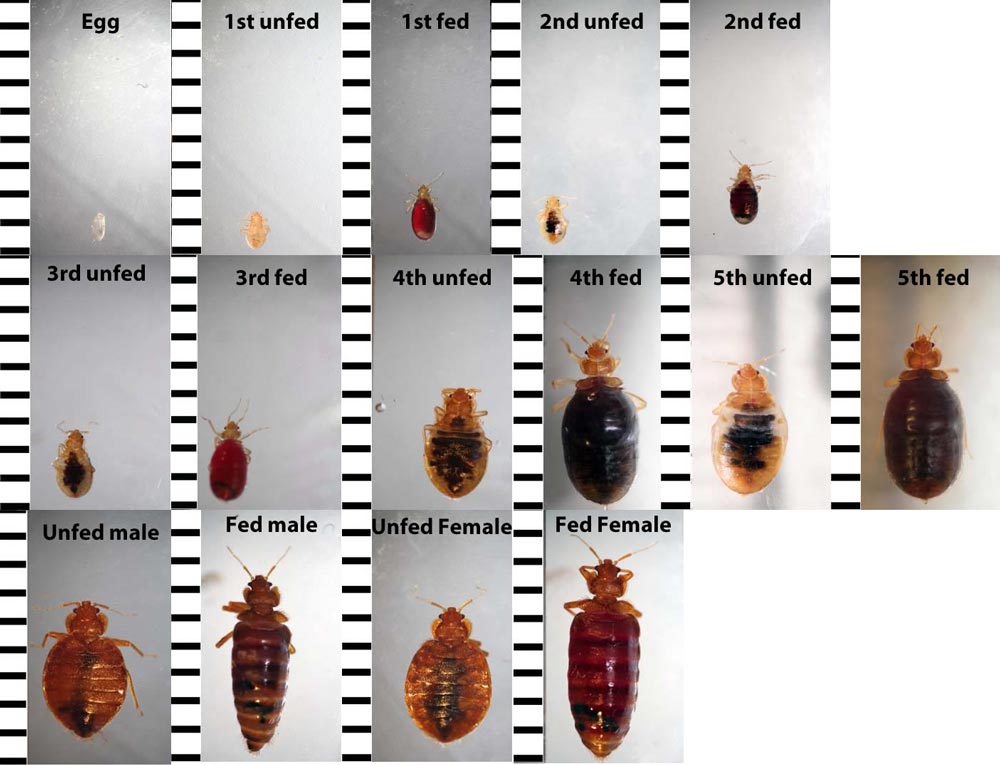

Short Answer:
Yes, bed bug eggs are visible to the naked eye. They are tiny, about 1 millimeter long, whitish or translucent, and often found in clusters in bed seams, cracks, or crevices.
Chart: Key Characteristics of Bed Bug Eggs
| Characteristic | Description |
|---|---|
| Size | ~1 millimeter |
| Color | Whitish or translucent |
| Shape | Oval |
| Location | Bed seams, crevices, furniture, etc. |
| Visibility | Visible to the naked eye but very small |
| Texture | Smooth and sticky |
| Hatching Time | 6-10 days |
Full Article: Can You See Bed Bug Eggs?
If you’ve ever dealt with bed bugs or worried about an infestation, knowing what their eggs look like and where to find them is crucial. Bed bug eggs are tiny but can be seen without magnification if you know where to look and what to look for. Here, we’ll dive into the appearance, texture, location, and lifecycle of bed bug eggs, helping you better understand how to identify them.
1. Can you See Bed Bugs Eggs? Appearance and Size
Bed bug eggs measure about 1 millimeter in length, roughly the size of a grain of salt. They are oval-shaped and typically have a white or translucent appearance. Although small, they are distinguishable when looked at closely, particularly in well-lit areas. The whitish color helps them blend with light-colored surfaces, making them harder to spot.
2. Location and Placement
Bed bugs strategically place their eggs in hidden locations near where they feed. Common spots include mattress seams, bed frames, under furniture, and inside cracks and crevices. They prefer laying eggs in locations that offer protection from light and movement, which is why beds, especially those rarely moved, are a favorite target.
3. Can you See Bed Bugs Eggs? Texture and Sticky Coating
One distinctive feature of bed bug eggs is their slightly sticky coating. This texture helps them adhere to surfaces, ensuring they stay in place and are less likely to be removed by accidental brushing. This coating is particularly useful for bed bugs, as it allows the eggs to remain secured in hidden spaces, making them even harder to detect and remove.
4. Can you See Bed Bugs Eggs? Hatching Time
Bed bug eggs typically hatch within 6 to 10 days. Once hatched, the newly emerged nymphs begin feeding almost immediately, starting their lifecycle and potentially establishing a colony. Due to their rapid hatching rate and reproduction speed, prompt identification and removal are essential in preventing a full-blown infestation.
5. Can you See Bed Bugs Eggs? How to Identify Bed Bug Eggs
If you suspect bed bugs in your home, use a flashlight and a magnifying glass to examine common hiding spots like mattress seams, cracks, and crevices. Bed bug eggs are small, so a close inspection is necessary, especially if you notice adult bed bugs or bite marks. Recognizing the presence of eggs early can help you address an infestation before it escalates.
6. Treatment and Prevention
Once bed bug eggs are found, the next step is treatment. Vacuuming, heat treatments, and specific insecticides are common options. Eggs can be more resistant to standard insecticides, making professional pest control services an effective solution. For prevention, regular inspection and washing bedding at high temperatures can reduce the likelihood of an infestation taking hold.
By understanding what bed bug eggs look like, where to find them, and how to remove them, you can better protect your home against bed bug infestations and take action swiftly when necessary.
https://www.epa.gov/bedbugshttps://www.healthline.com/health/bed-bug-eggshttps://www.bedbugs.org/bed-bug-eggs/https://www.pestworld.org/pest-guide/bed-bugs/bed-bugs/https://www.terminix.com/bed-bugs/https://extension.entm.purdue.edu/bedbugs/https://www.orkin.com/pests/bed-bugs/



